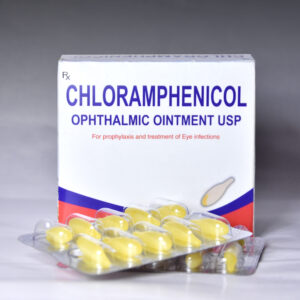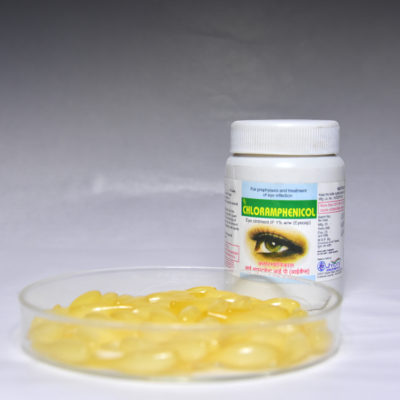![[BKEYWORD-0-3] Chloramphenicol Ophthalmic Hydrogel Lab Report](https://www.researchgate.net/profile/Insan_Kurniawansyah/publication/326396576/figure/fig1/AS:648296758513664@1531577400320/The-infrared-spectrum-of-chloramphenicol-HPMC-and-the-combination-of-chloramphenicol_Q320.jpg) Chloramphenicol Ophthalmic Hydrogel Lab Report.
Chloramphenicol Ophthalmic Hydrogel Lab Report.
Oskar is a component of polar granules, large particles associated with the pole plasm and the germline precursor pole cells of the embryo. Aubergine protein is related to eukaryotic translation initiation factor 2C. In Chloramphehicol, Aubergine is recruited to the posterior pole in a vasa -dependent manner and is itself a polar granule component.
search for whatever
Consistent with its presence in these structures, Aubergine is required for pole cell formation independently of its initial role in oskar translation. Unlike two other known polar granule components, Vasa and Oskar, Aubergine remains cytoplasmic after pole cell formation, suggesting that the roles of these proteins diverge during embryogenesis Harris, Stellate derepression in the presence of the intact Su Ste Chloramphenicol Ophthalmic Hydrogel Lab Report has been observed as a result of aubergine and spindle-E spn-E mutations, also known as sting and homelessrespectively.
The Aubergine protein has homologs involved in post-transcriptional gene silencing PTGS and double stranded RNA interference in plants, fungi, and animals.

The effects of the aubsting-1 and spn-E1 mutations on the level of sense and antisense Suppressor of Stellate [Su Ste ] transcripts were assessed. Both mutations, when homozygous, have no effect on the level of antisense Su Ste transcripts, but increase the level of sense Su Ste RNA. The effect of the spn-E1 mutation is restricted to the germline, since no increase in the level of sense Su Ste transcripts in the heads of homozygous flies was observed Schmidt, ; Aravin, Meiotic drive is defined as Chloramphenicol Ophthalmic Hydrogel Lab Report alteration of meiosis or subsequent production of gametes that results in the biased transmission of a particular genotype. In other words, meiotic drive results in an excess of one type of gamete, X for example, over the production of the alternative gamete Y in this case instead of the usual ratio of that is normally produced.
INTRODUCTION
Thus, meiotic drive is defined as any alteration in the meiotic process that distorts the normal ratio of reciprocal gametes. Aubergine, in disguise as the mutation sting, is involved in crystal formation and meiotic drive in the male germ line of Drosophila. The sting mutation, caused by a P element inserted into polytene region 32D, was isolated by a screen for male sterile insertions in Drosophila melanogaster. This sterility correlates with the presence of crystals in spermatocytes and spermatids that are structurally indistinguishable from those produced in males carrying a Chloramphenicol Ophthalmic Hydrogel Lab Report of the Y-linked crystal cry, also known as Suppressor of Stellate locus.
Navigation menu
In addition, their morphology is needle-like in Stellate Ste plus flies and star-shaped in Ste flies, once again as observed in cry males. The sting mutation Ophthaalmic to meiotic drive of the sex chromosome. The sting mutation results in an excess of X over Y sperm in the one hand and 0 over XY sperm on the other. The strength of the meiotic drive phenomenon is correlated with the copy number of the repetitive Ste locus.
1. Introduction
The same correlation is also true for the penetrance of the male sterile mutation. A presumptive sti null allele results in male sterility and lethal maternal effect. The gene is expressed only in the germline of both sexes.

The interaction of sting with the Ste locus Chloramphenicol Ophthalmic Hydrogel Lab Report also be demonstrated at the molecular level. Previous analysis of aub implicated it in two processes: the Chloramphenicol Ophthalmic Hydrogel Lab Report activation of a narrowly restricted subset of ovarian mRNAs, including osk and grk, and the subsequent localization of nos mRNA Wilson, To investigate the molecular function of aub, the locus was positionally cloned. RFLP mapping as well as clones and sequence information from the Berkeley Drosophila Genome Project were used to narrow the location of the aub gene to a small region at the boundary of polytene divisions 32C and 32D Harris, This region Hydrogl sting Schmidt,a member of an ancient gene family that includes the gene for the eukaryotic translation initiation factor eIF2C Zou, With support from three lines of evidence, aub was identified and it was concluded that aub and sting are the Chloramphenidol gene.
Following tradition, the original name, aubergine, is used for this locus Harris, The Drosophila genome contains four other members of the eIF2C-like gene family.]
I confirm. And I have faced it. We can communicate on this theme. Here or in PM.
It is a pity, that now I can not express - it is very occupied. I will return - I will necessarily express the opinion on this question.